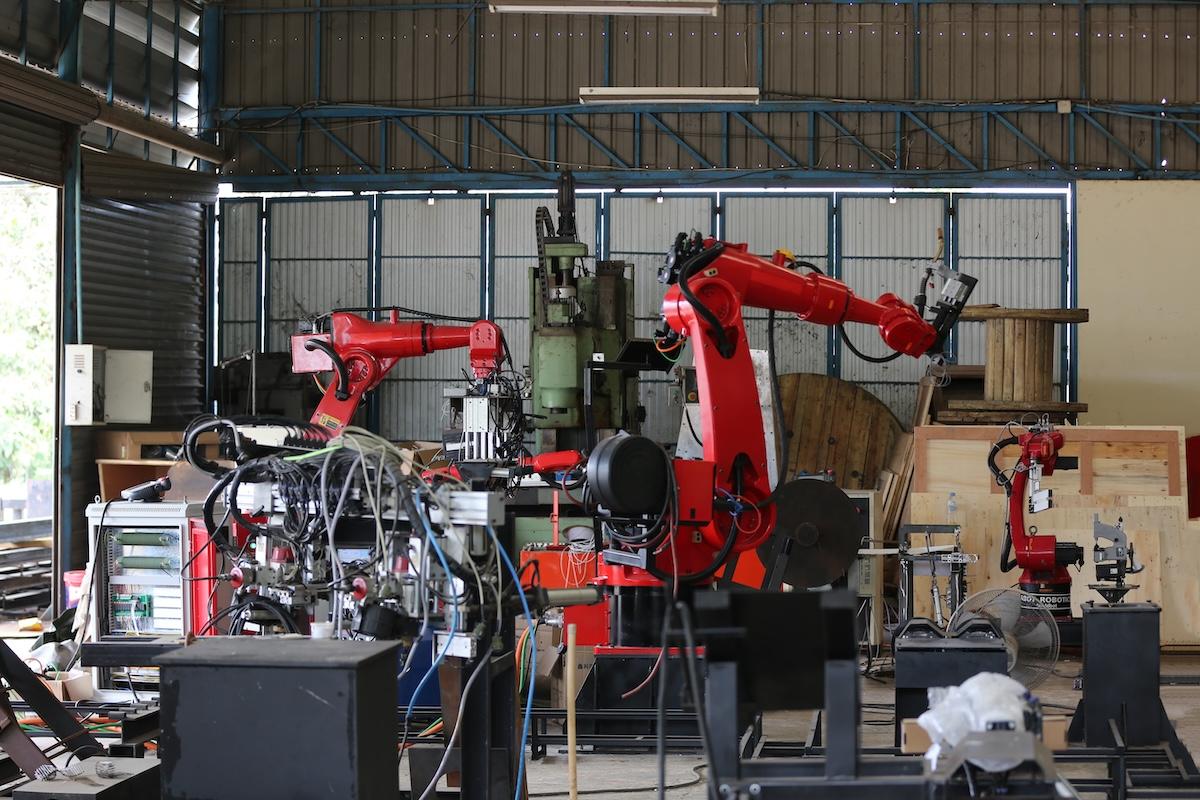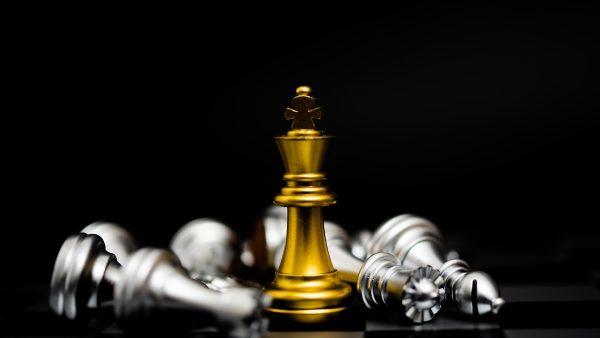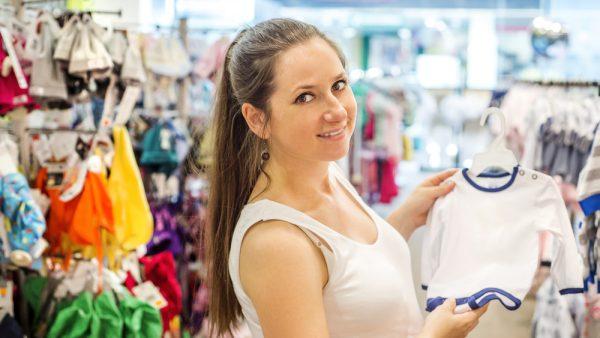In the dynamic world of business, decisions about plant and equipment acquisitions can significantly impact your company’s success.
One of the key choices you’ll face is whether to lease or buy these essential assets. Both options have their merits, and the decision isn’t always straightforward.
Let’s delve into the pros and cons of leasing versus buying plant and equipment to help you make an informed choice that aligns with your business goals.
1. The Basics: Leasing and Buying Plant and Equipment
Before we dive into the nitty-gritty, let’s clarify the fundamental concepts of leasing and buying plant and equipment.
Leasing Plant and Equipment
Flexibility at Your Fingertips
Leasing offers the allure of flexibility. Instead of committing to a full purchase, you essentially rent the equipment for a specific period. This arrangement allows your business to stay agile and adapt to changing needs. It’s akin to driving a car under a lease agreement; you enjoy the ride without the long-term ownership responsibilities.
Cost Control and Predictability
Leasing often requires lower upfront costs, making it a favorable option for businesses with limited capital. Monthly lease payments are predictable, simplifying budgeting and cash flow management. No surprises here; it’s like paying rent for a property.
Stay Current with Technology
In rapidly evolving industries, keeping up with the latest technology is vital. Leasing enables you to regularly upgrade your equipment, ensuring your business remains competitive. Think of it as having the latest smartphone model every year without the hefty upfront price tag.
Buying Plant and Equipment
Ownership and Long-Term Investment
Buying equipment means you own it outright. It’s a long-term commitment, much like purchasing a house instead of renting. This can be advantageous if you foresee a stable, long-lasting need for the equipment. You build equity over time and won’t have recurring monthly payments once the purchase is complete.
Tax Benefits and Depreciation
When you buy equipment, you may be eligible for tax deductions and depreciation benefits. These financial incentives can lower your overall tax burden. It’s like getting tax breaks for homeownership.
Total Control and Customization
Ownership grants you complete control over the equipment. You can customize it to suit your specific needs and use it without restrictions. It’s similar to owning your vehicle; you decide how it’s maintained and operated.
2. Key Factors to Consider
Now that we’ve covered the basics, let’s explore the critical factors to consider when deciding between leasing and buying plant and equipment.
Financial Considerations
Cash Flow Management
Leasing typically requires lower initial costs, preserving your cash flow for other operational needs. Buying, on the other hand, may strain your finances initially but offers long-term cost savings.
Total Cost of Ownership (TCO)
Calculate the TCO for both leasing and buying options. Include costs like maintenance, insurance, and potential resale value. This comprehensive analysis will reveal the most cost-effective choice for your business.
Equipment Needs and Lifecycle
Equipment Type and Usage
Consider the type of equipment and how intensively it will be used. For specialized equipment with limited use, leasing may be more cost-effective. However, for core machinery crucial to your daily operations, buying might make more sense.
Lifespan and Depreciation
Evaluate the equipment’s expected lifespan and rate of depreciation. If the equipment quickly loses value, leasing can be advantageous, as you won’t be stuck with a depreciating asset.
Flexibility and Technology
Business Flexibility
Assess your business’s growth and changes in demand. Leasing provides the flexibility to upgrade or switch equipment as needed. Buying, while stable, may limit your ability to adapt quickly.
Technology Advancement
In tech-driven industries, leasing allows you to stay at the forefront of innovation. You can easily replace outdated equipment, ensuring your business remains competitive.
3. Making the Decision
So, which path should you take, leasing or buying plant and equipment? There’s no one-size-fits-all answer. Your decision should align with your business’s unique circumstances and goals.
Consider these questions:
- Do you have the capital to make a significant upfront investment?
- Is the equipment a long-term asset or for a specific project?
- Does your industry require constant technological upgrades?
- How vital is flexibility in adapting to market changes?
In essence, the choice between leasing and buying plant and equipment boils down to your financial situation, equipment needs, and your business’s adaptability.
Conclusion
Leasing and buying plant and equipment each come with distinct advantages and disadvantages. Leasing offers flexibility, cost control, and technology upgrades, while buying provides ownership, tax benefits, and customization.
To make the right choice, carefully evaluate your business’s financial health, equipment requirements, and long-term objectives.
By doing so, you’ll ensure that your decision aligns with your unique circumstances and sets your business on a path to success.




